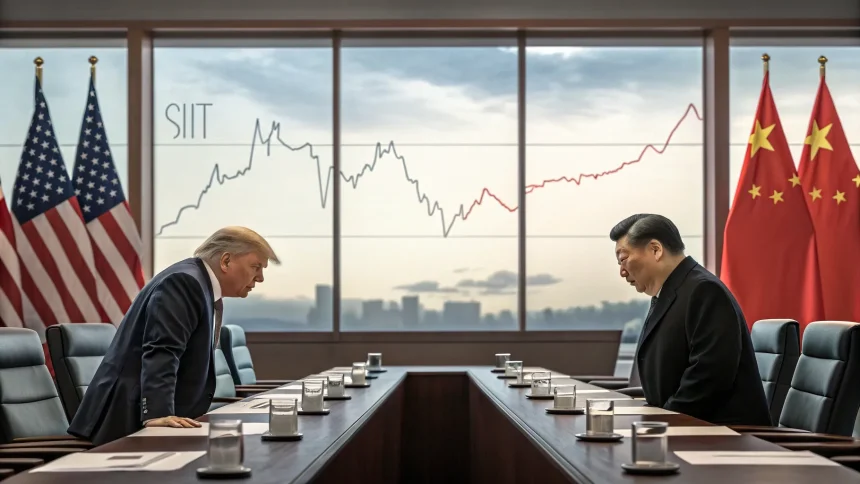A significant policy shift has emerged against the backdrop of escalating diplomatic friction between the United States and China, coinciding with financial difficulties facing the Nasdaq stock market. This development marks the latest chapter in the complex relationship between the world’s two largest economies while adding pressure to already strained financial markets.
Diplomatic Relations Under Pressure
The timing of this move is particularly notable as it occurs during a period of heightened tensions between Washington and Beijing. These tensions have manifested across multiple fronts including trade policies, technology transfer concerns, and geopolitical disagreements in regions like the South China Sea and Taiwan.
Analysts suggest this latest action could further complicate diplomatic efforts between the two nations. “This development adds another layer of complexity to an already difficult relationship,” notes one observer familiar with the situation.
The ongoing friction has created uncertainty for businesses operating across both countries, with many companies adjusting their strategies to navigate the unpredictable political landscape.
Nasdaq’s Financial Challenges
Simultaneously, the Nasdaq is grappling with significant financial market issues that extend beyond U.S.-China relations. The tech-heavy index has faced volatility in recent months due to several factors:
- Rising interest rates affecting growth stock valuations
- Concerns about tech sector profitability
- Broader economic uncertainty
- Investor rotation away from technology stocks
These challenges have created a difficult environment for the Nasdaq, which has seen increased volatility compared to historical norms. Market participants are closely monitoring how these financial pressures might interact with geopolitical tensions to influence investor sentiment.
Economic Implications
The convergence of diplomatic tensions and market challenges creates a complex economic picture. Trade between the U.S. and China represents hundreds of billions of dollars annually, with countless businesses dependent on stable relations.
Financial experts warn that continued friction could have ripple effects throughout global markets. “When the two largest economies in the world are at odds, it creates uncertainty that markets typically respond poorly to,” explains a financial analyst tracking the situation.
For the Nasdaq specifically, companies with significant exposure to China may face additional scrutiny from investors concerned about regulatory risks and market access issues.
Looking Forward
Market observers are watching closely to see how this situation develops. The combination of diplomatic tensions and financial market stress creates a challenging environment for policymakers, businesses, and investors alike.
Some experts believe this could lead to a recalibration of U.S.-China economic relations, while others suggest it may simply represent another temporary flare-up in what has become an increasingly tense relationship.
For now, market participants are advised to monitor developments closely as both the diplomatic situation and financial market conditions continue to evolve. The intersection of geopolitics and market dynamics remains a key factor shaping the global economic outlook in the coming months.







